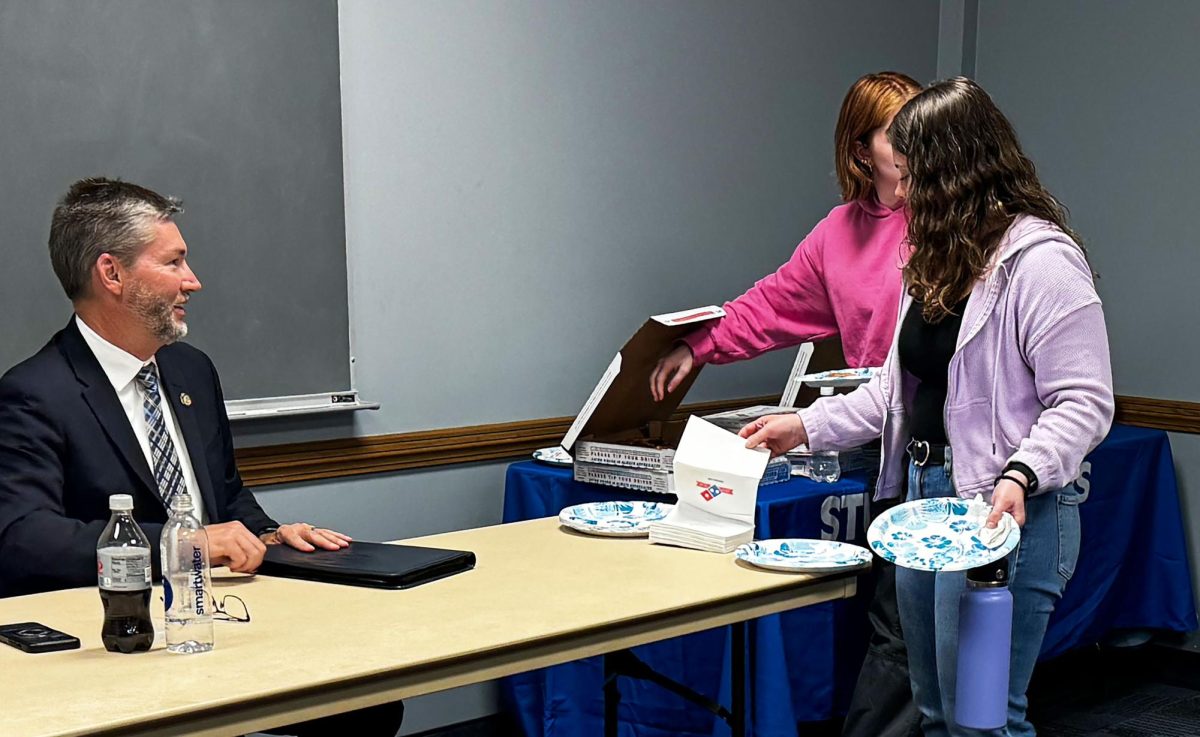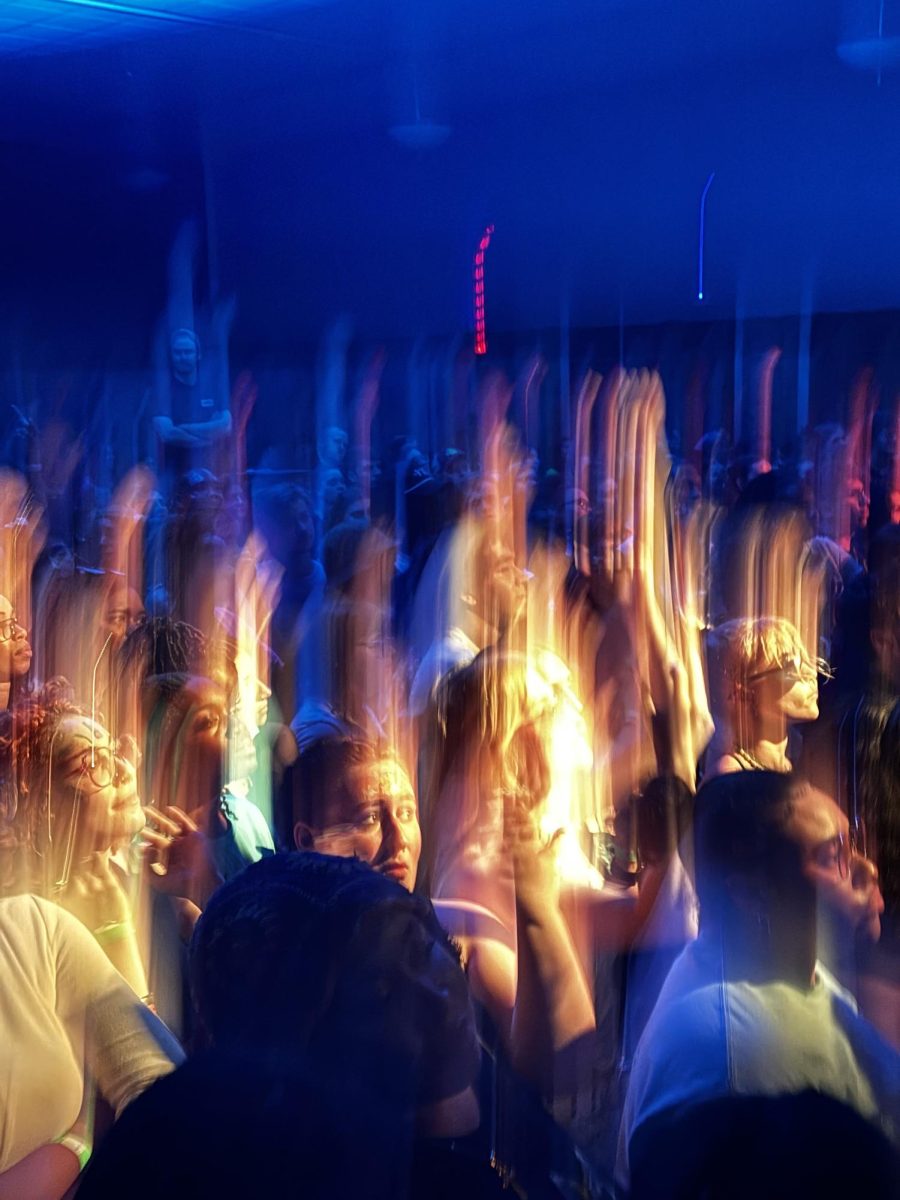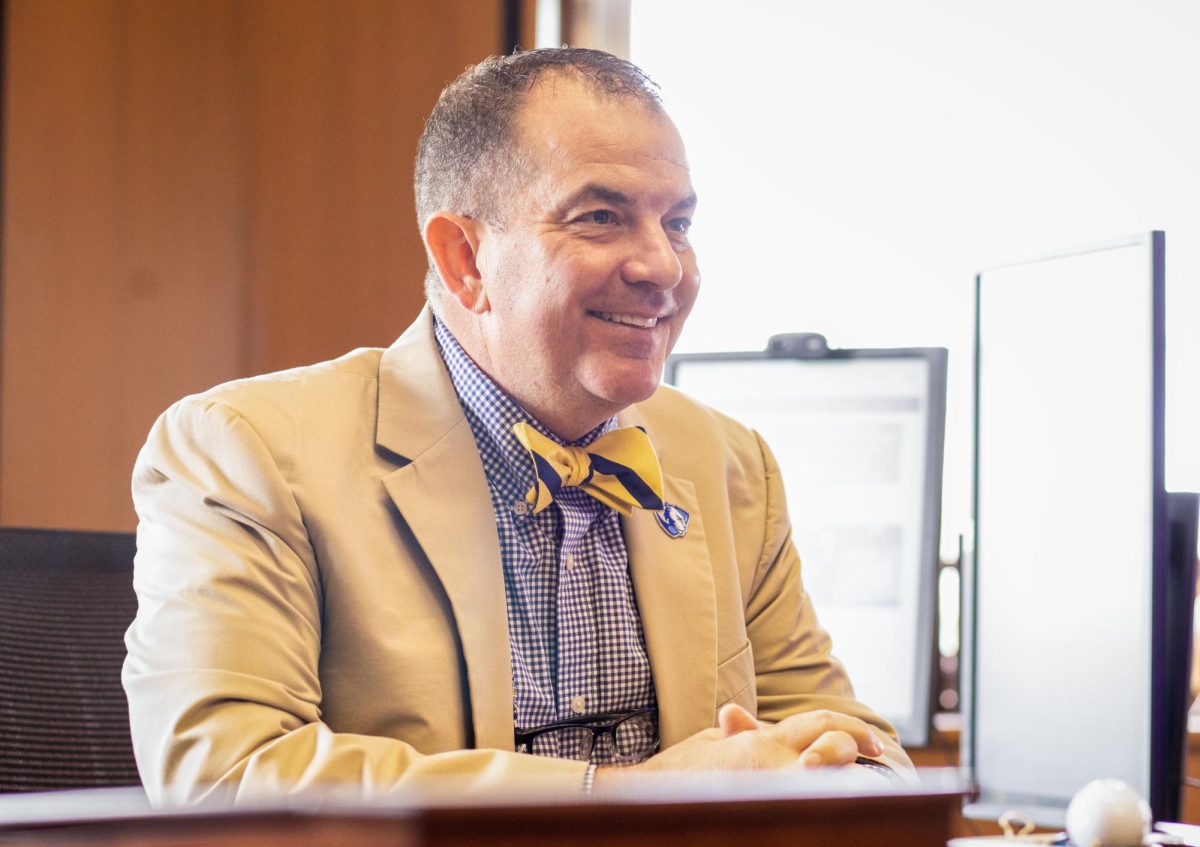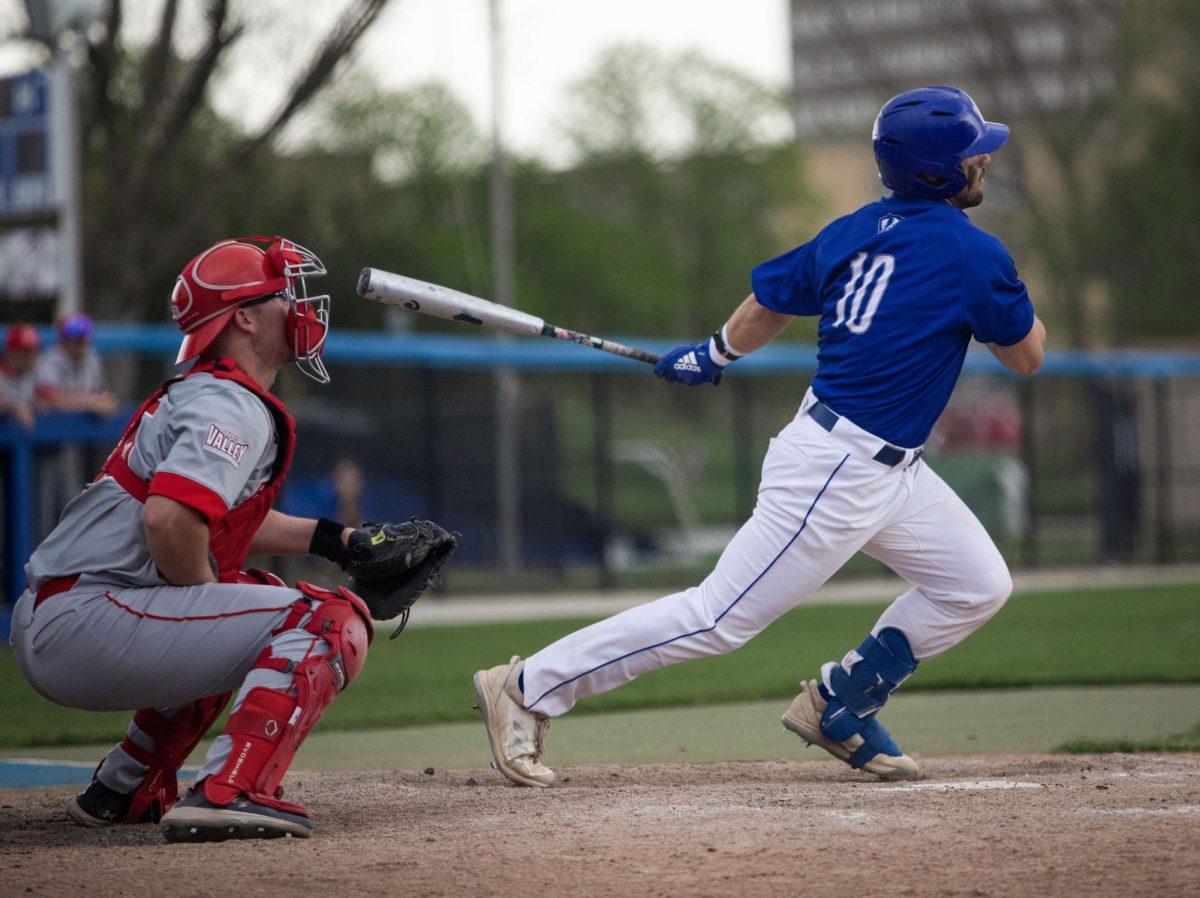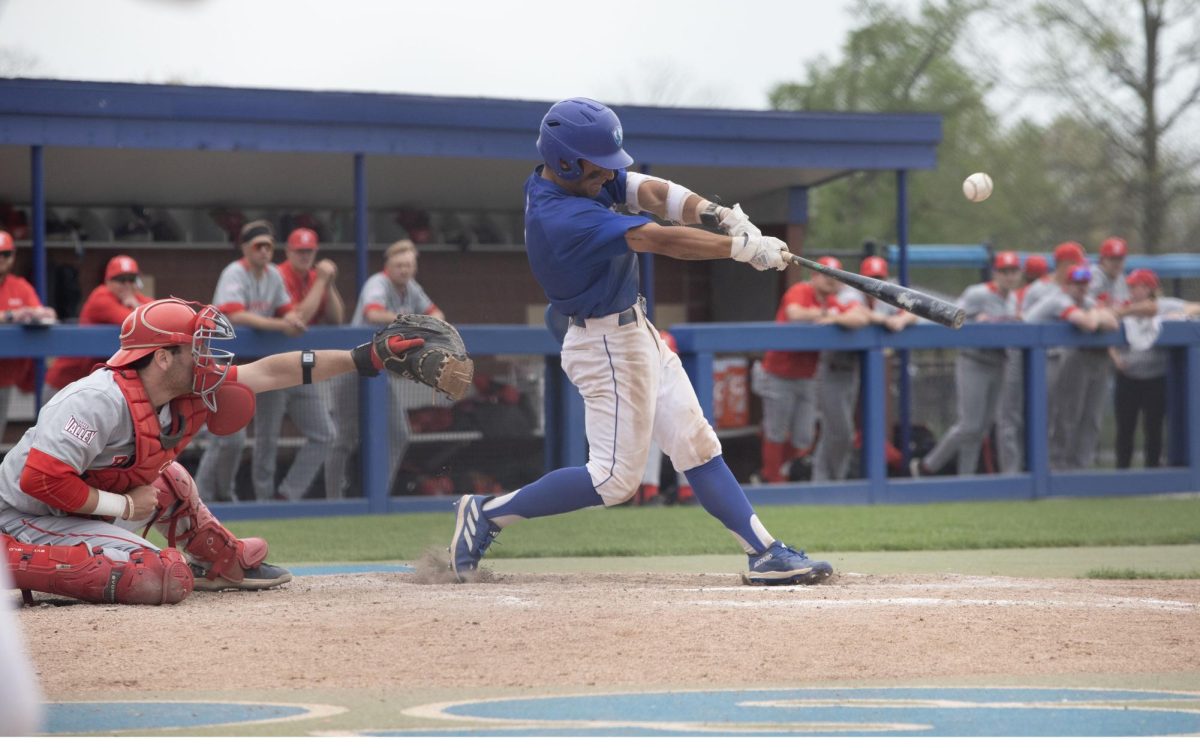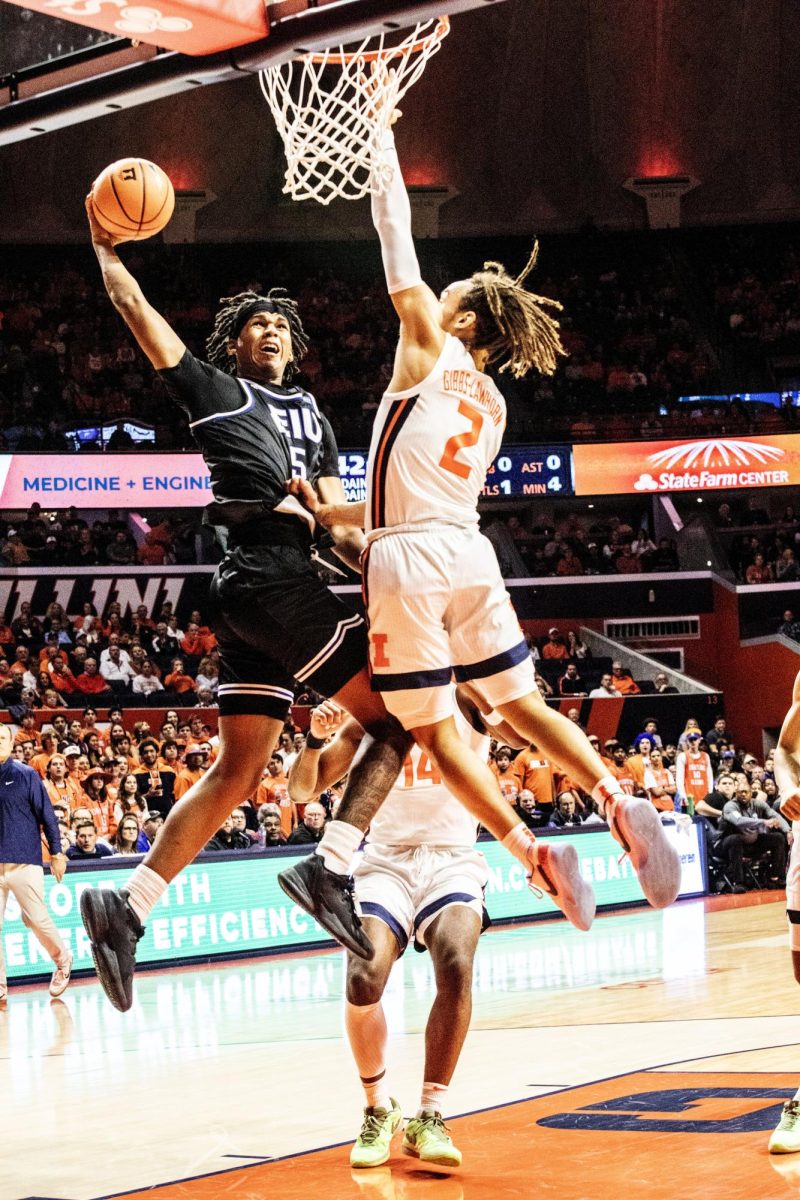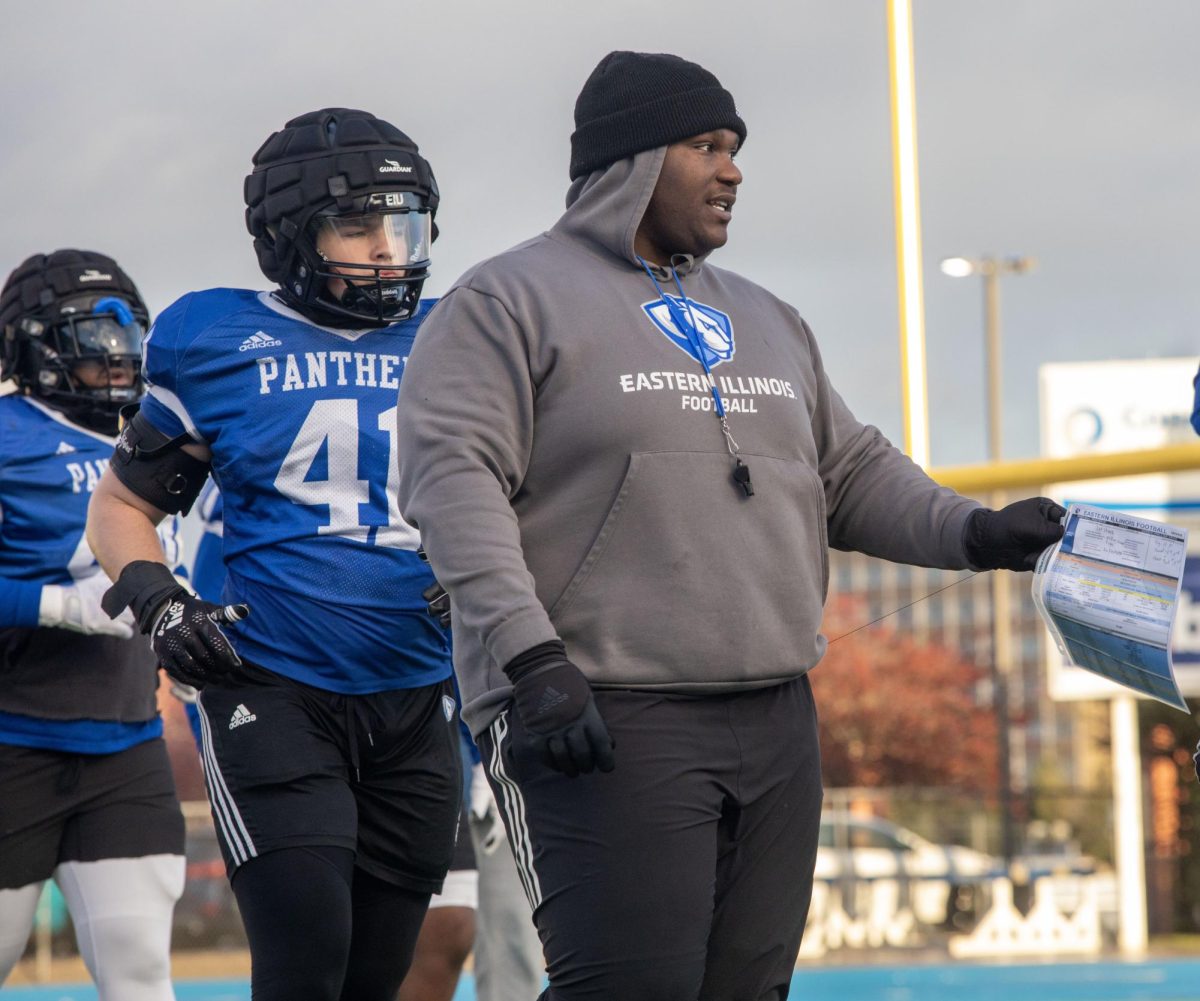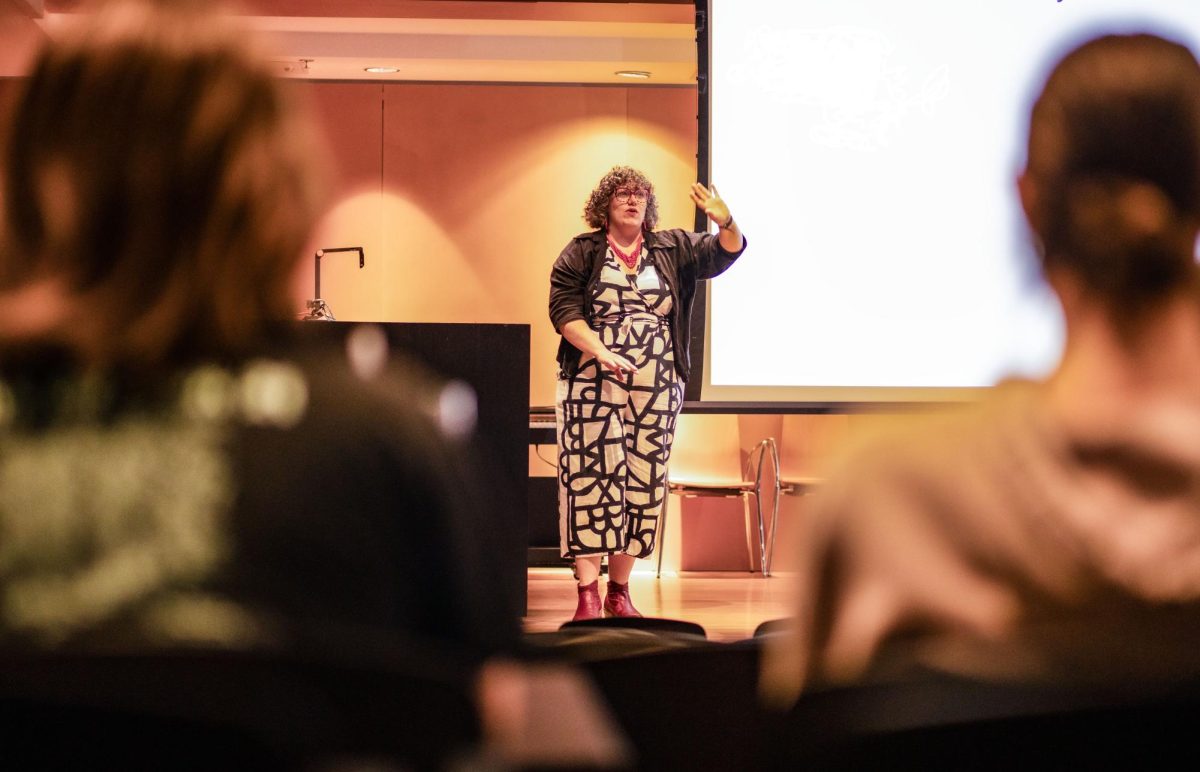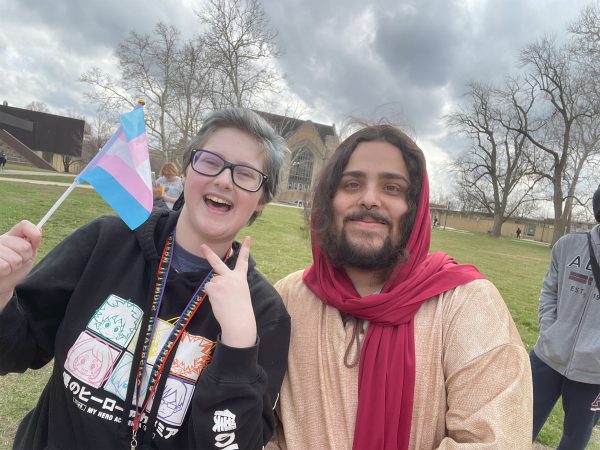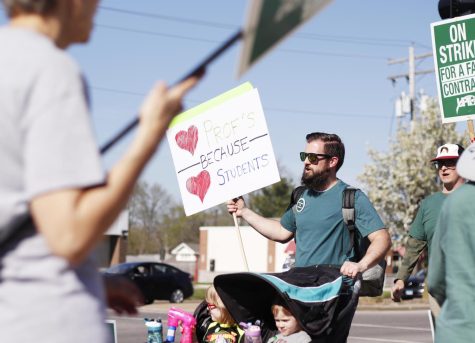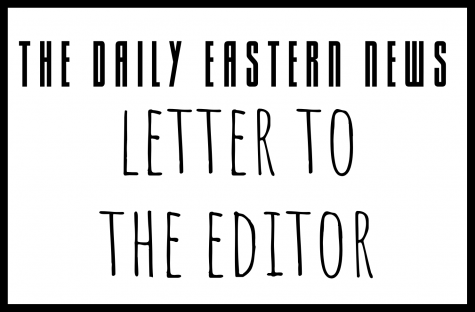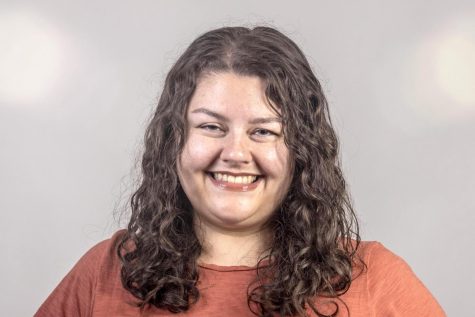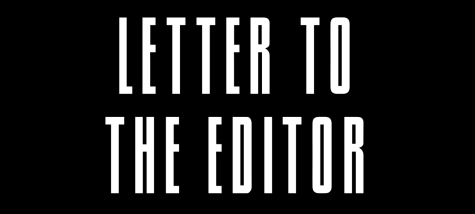Letter: Looking at Eastern’s past during Vietnam era
August 24, 2015
Many people are not aware that there was a rather significant level of activity at Eastern Illinois University about 45 years ago during what I call the Vietnam War “protest era.”
I graduated from EIU in 1963 and later, as a newspaper reporter, covered many of the events associated with this era at EIU.
The first demonstration in Charleston against U.S. involvement in the Vietnam War was in October of 1967.
A small group marched from the Unitarian Fellowship (located east of the EIU campus) and then north to the courthouse square.
This first protest was small, but it stirred the ire of some of the citizenry around the square.
However, protests were to become much more commonplace in the future (both nationwide and locally.)
EIU students formed a group called Students for a Responsible Intellectual Atmosphere (SARIA).
Members of SARIA started an underground or alternative newspaper called “Prospectus for Social Change.” And a later newspaper was titled the “Fertilizer.”
In 1968 there were protests against the firing of a psychology teacher who was allegedly dismissed because of his viewpoints, including his opposition to the war.
In October of 1969, the campus participated in the mammoth, nationwide Moratorium to End the War in Vietnam.
Demonstrations throughout the nation were said to have involved two million people.
There was a protest at EIU, as well as at many other universities nationwide, after four students were shot dead by National Guardsmen at Kent State University in Ohio in May of 1970. The action at EIU centered near the Old Main flag pole.
Around this time there was a large turnout for a protest of an increase in dorm room and board rates.
A couple thousand students marched from the dorms to Lincoln Avenue and then to the home of EIU President Quincy Doudna at 933 11th Street. There was no violence.
Perhaps the most vociferous and militant action of this period at EIU was also the last major protest of the Vietnam era at EIU.
This occurred in May of 1972 and centered near the flag pole in front of Old Main, as well as on nearby Lincoln Avenue.
The county sheriff threatened to use tear gas after students attempted to block traffic in the vicinity of 4th and Lincoln.
Also, traffic was disrupted as students staged an impromptu march up 7th Street and around the courthouse square, then eventually dispersed.
After May of 1972 the antiwar protests subsided nationwide, partly because U.S. troop levels in Vietnam had plummeted from over a half million in 1969 to only the tens of thousands in late 1972. Casualty figures, of course, fell as well.
During this time there also were significant efforts at EIU directed at gaining full racial justice and equality.
Such efforts came from, among others, black and white students and faculty, the EIU administration, The Daily Eastern News and the Student Senate.
Allan Keith is a Mattoon resident




